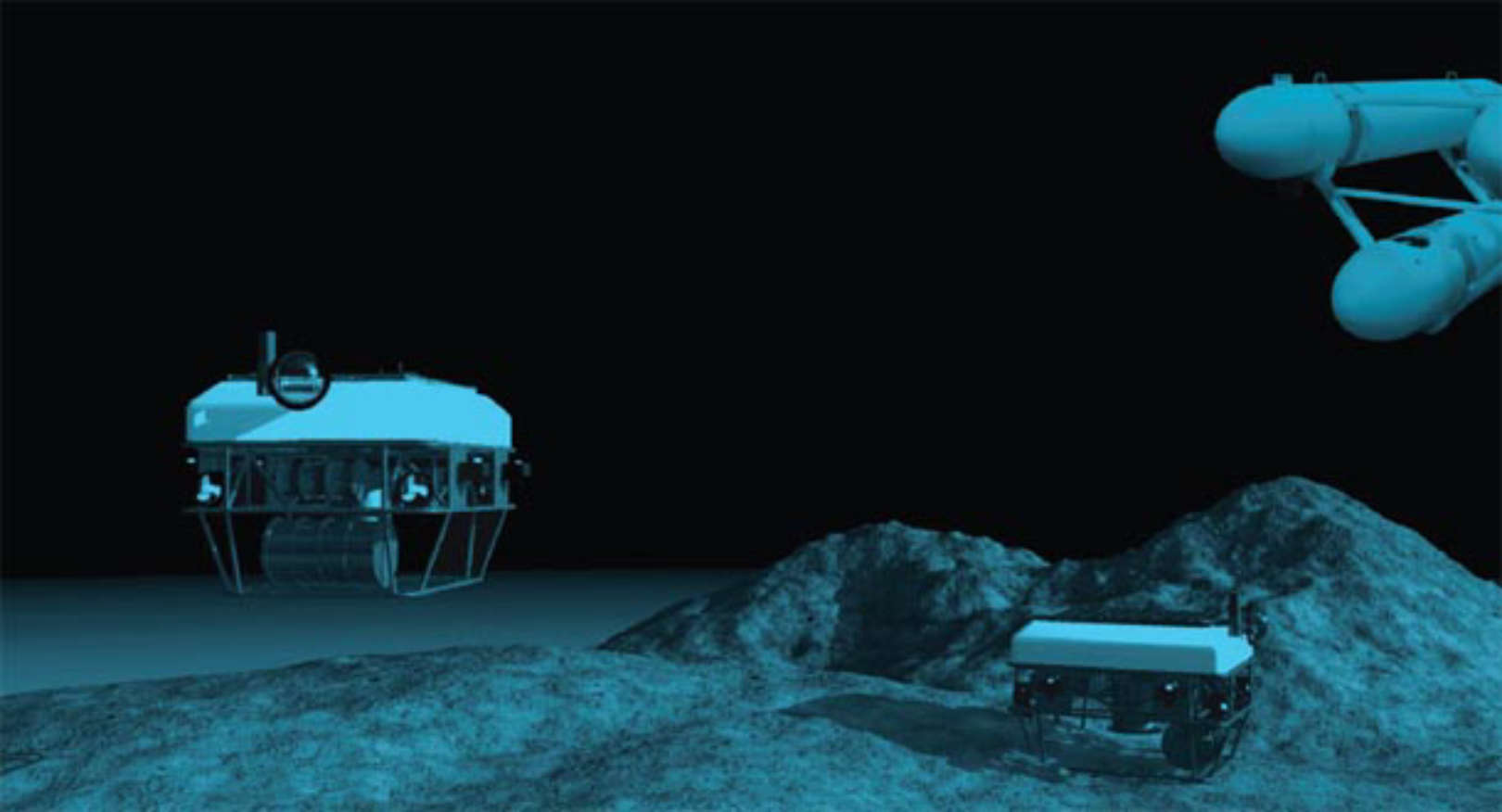About
I am a Marine Biologist with a specialization in Aquaculture and work experience in Biomedical Engineering and more recent in Marine Robotics. After finishing the PhD in Animal Science my research interest shifted towards innovative medical therapies that will enable the body to repair, replace, restore and regenerate damaged or diseased cells, tissues and organs. During three years, I worked on the development of artificial intelligent matrices inspired on the tissues of echinoderms. Later I focused my research on immunomodulatory biomaterials for cardiovascular devices. Since 2017, I returned to my origins as a marine biologist by managing projects in the field of marine robotics. Recently I added the function of Industry-research liaison officer at TEC4SEA (INESC TEC's strategy for Marine Science).



